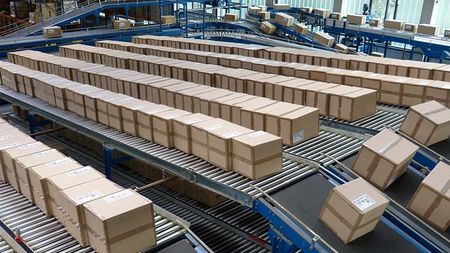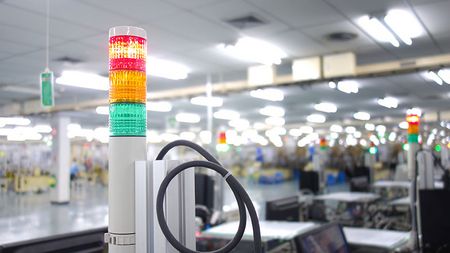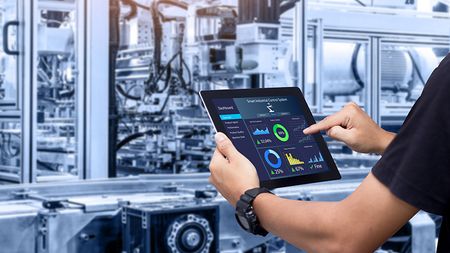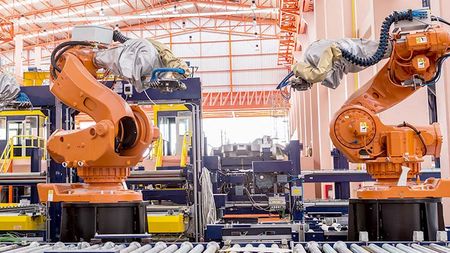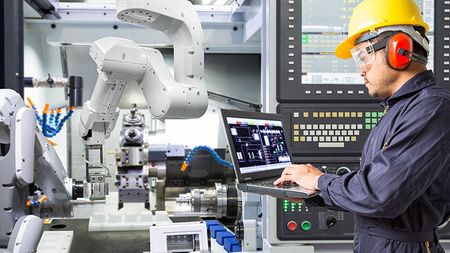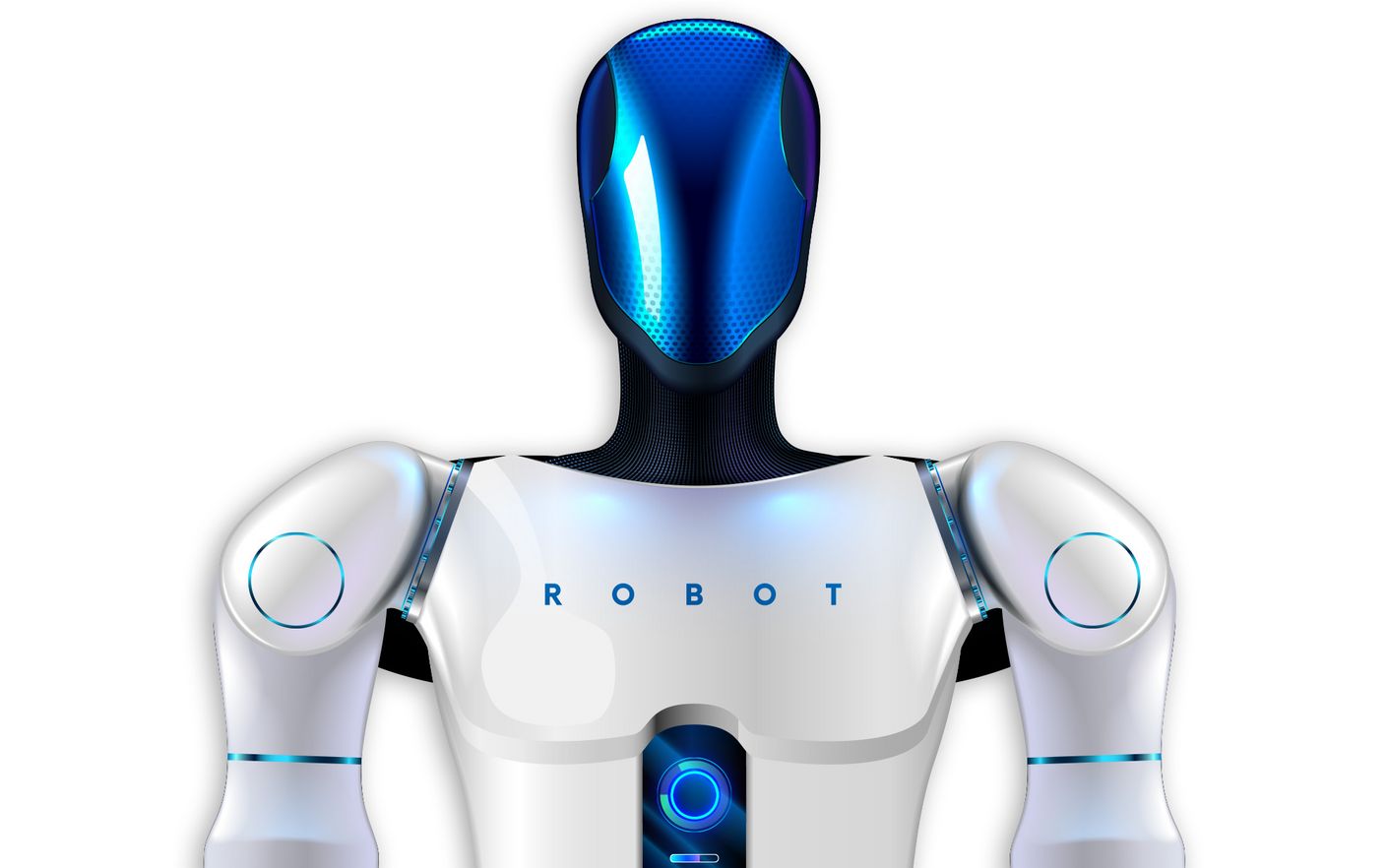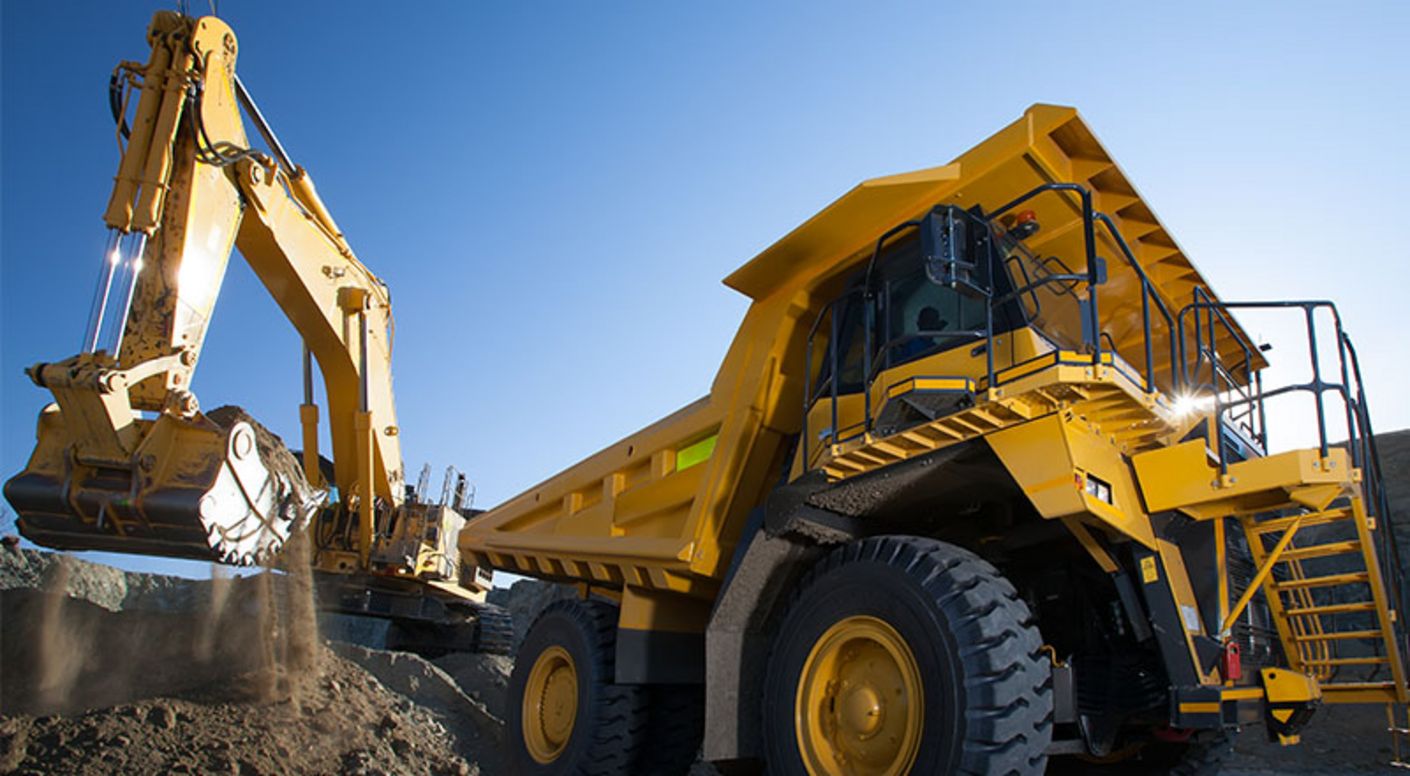Risk of obsolete Software
Safety norms are changing over the years. This can make the existing old software framework obsolete.
Fast-paced Hardware Upgrades
Older software and operating systems are bound to a certain hardware configuration often. Computer hardware can become outdated quickly.
Distributed Systems
Distributed systems depend on software being moved between software systems with different processor architecture. Today, the x86 processors are no longer dominating the market.
Smaller, Smarter, Faster
Smaller and cheaper control systems are needed to respond faster and in a more economical way to react on request from the market.
Human-Robot Collaboration
Industrial robots and humans are working side by side (COBOTs) and modern Safety mechanisms are required to avoid injuries. These may comprise processors running in lockstep mode or any other measures known from the Automotive, Railway or even Avionics markets.
Demand for rapid Reconfiguration
With factories running 24/7, high availability also has become an important issue. This also includes reconfiguration of existing software and hardware in very little time.
Extreme Flexibility provides Independence from Suppliers in Hardware and Software Choice
PikeOS supports a broad range of hardware architectures and provides interfaces for a wide array of guest OSs. It is easy to add additional architectures and interfaces (including for legacy code) and therefore to manage hardware obsolescence.
Partitioning provides the Basis for a pragmatic Linux Strategy
PikeOS offers an integrated Linux guest operating system to include Linux or other open-source features like network, GUI or web server. Your own intellectual properties, real-time functions and safety-critical applications run in separate partitions.
Integrated Safety reduces Certification Cost
Applications of various levels of criticality and Security are safely separated from one another in distinct partitions and certified separately.
Customer Support
SYSGO supports its customers with own resources, engineers, workshops and trainings, as well as with artefacts and provision of source code.






